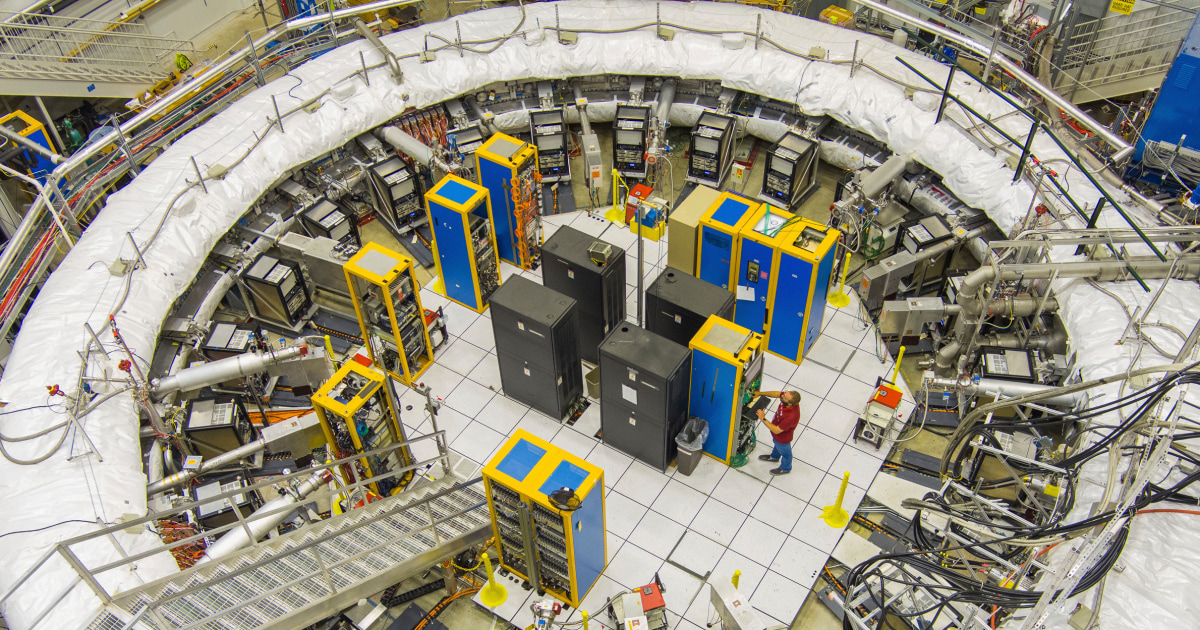In a significant development in particle physics, the latest results from an extensive U.S.-based experiment indicate that muons, strange particles akin to heavier electrons, continue to exhibit unusual behavior. This, however, is still seen as a positive indication for the current laws of physics.
“This experiment is a huge feat in precision,” remarked Tova Holmes, an experimental physicist at the University of Tennessee, Knoxville, not involved in the study.
Muons wobble within magnetic fields, and researchers have been closely monitoring this motion to determine how it aligns with the Standard Model, the theoretical framework outlining fundamental particles and forces in the universe. Initial assessments from experiments conducted in the 1960s and 1970s suggested everything was in order. However, unexpected results emerged during tests at Brookhaven National Laboratory in the late 1990s and early 2000s, revealing that muons were behaving inconsistently with established predictions.
Decades later, an international coalition of scientists opted to revisit these experiments, employing enhanced precision in their measurements. They meticulously raced muons around a magnetic, circular track, utilizing the same setup from the earlier Brookhaven studies at the Fermi National Accelerator Laboratory near Chicago. Their findings from two initial sets of results, revealed in 2021 and 2023, reinforced the notion of muons acting in a peculiar manner, prompting theoretical physicists to work on reconciling these findings with the established Standard Model.
The collaboration has now completed its experiments and reported a measurement of the muon’s wobble, which aligns with earlier findings, though based on more than twice the data compared to the 2023 results. These findings have been submitted to the journal Physical Review Letters.
Despite these intriguing results, they do not signify an overhaul of our understanding of the universe’s workings. Simultaneously, other researchers have been leveraging supercomputing to better reconcile the muons’ behavior with the Standard Model.
Ongoing efforts will continue, with scientists brainstorming further insights, and upcoming experiments, such as one set to take place at the Japan Proton Accelerator Research Complex, expected to kick off by the end of the decade. Researchers are also scrutinizing the muon data to potentially extract information regarding elusive phenomena like dark matter.
“This measurement will remain a benchmark … for many years to come,” stated Marco Incagli from the National Institute for Nuclear Physics in Italy.
As scientists engage with muons, they are delving into some of humanity’s most foundational questions. As Peter Winter of Argonne National Laboratory aptly noted, “Aren’t we all curious to understand how the universe works?”

